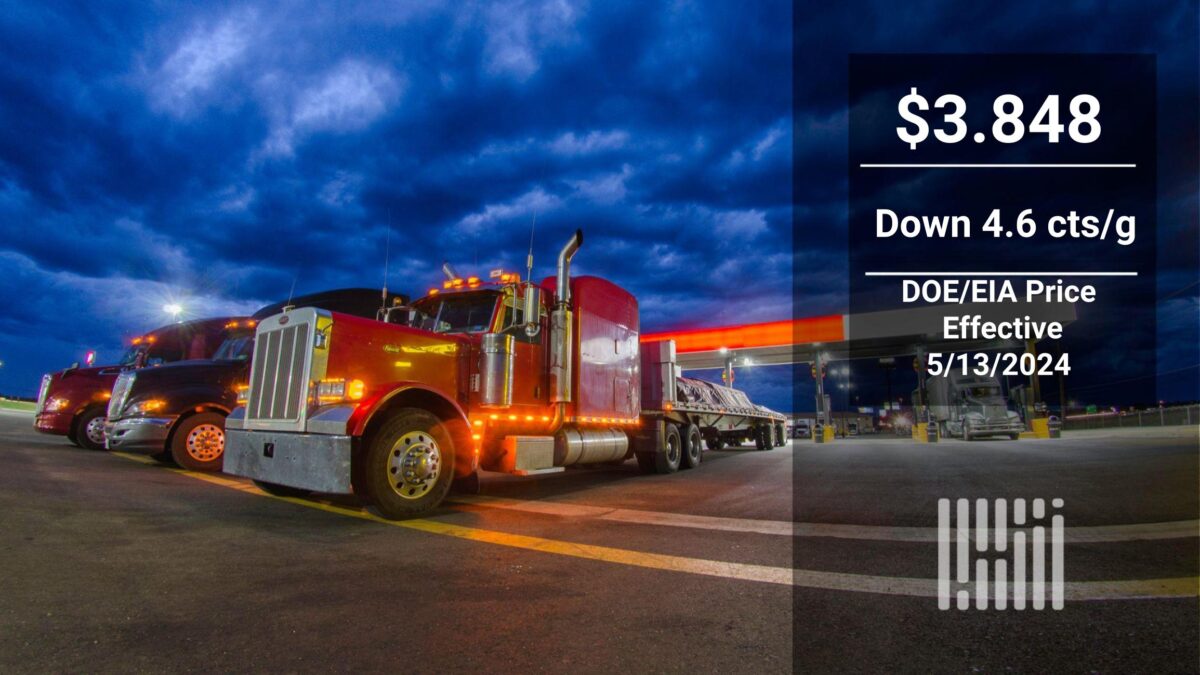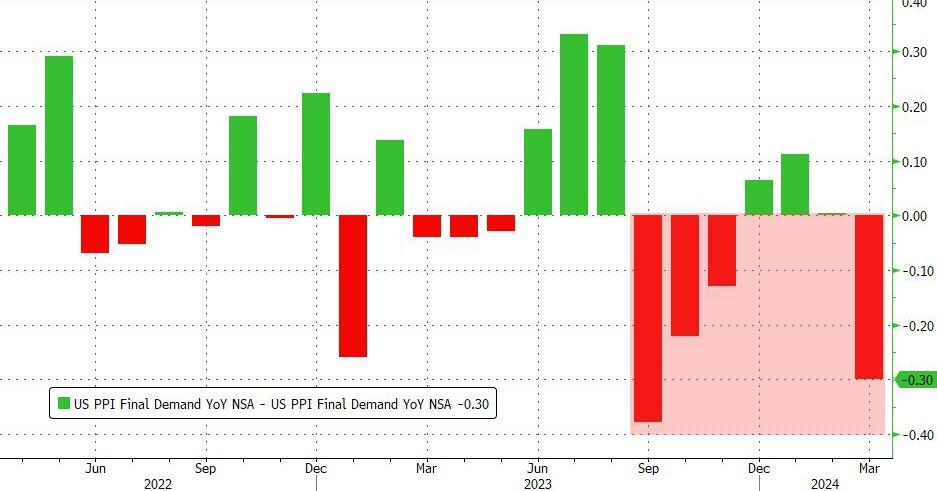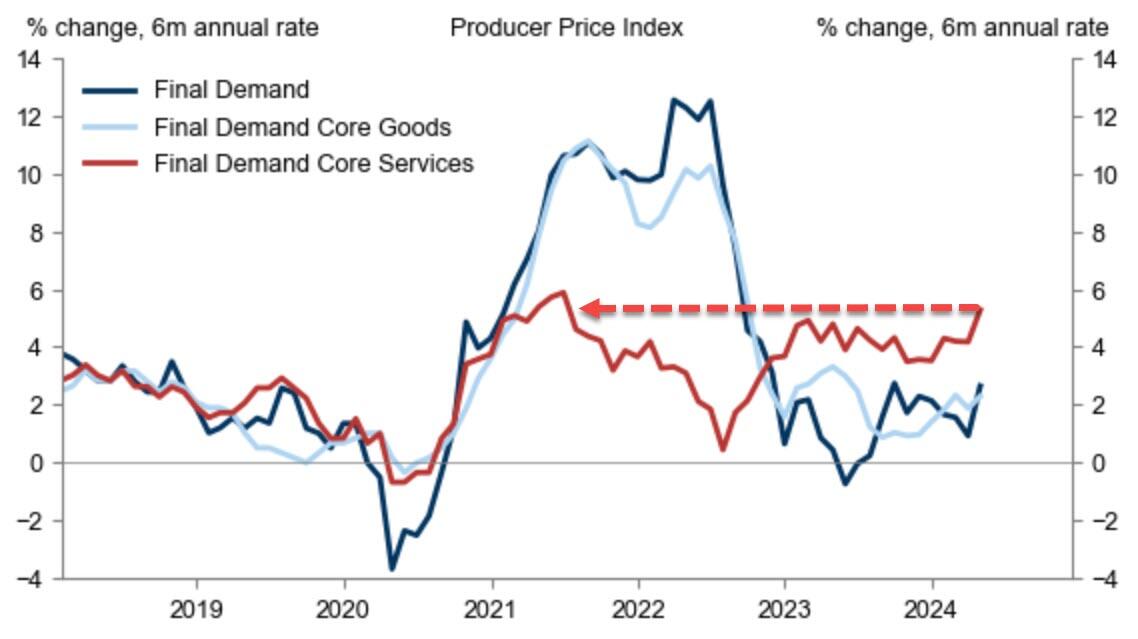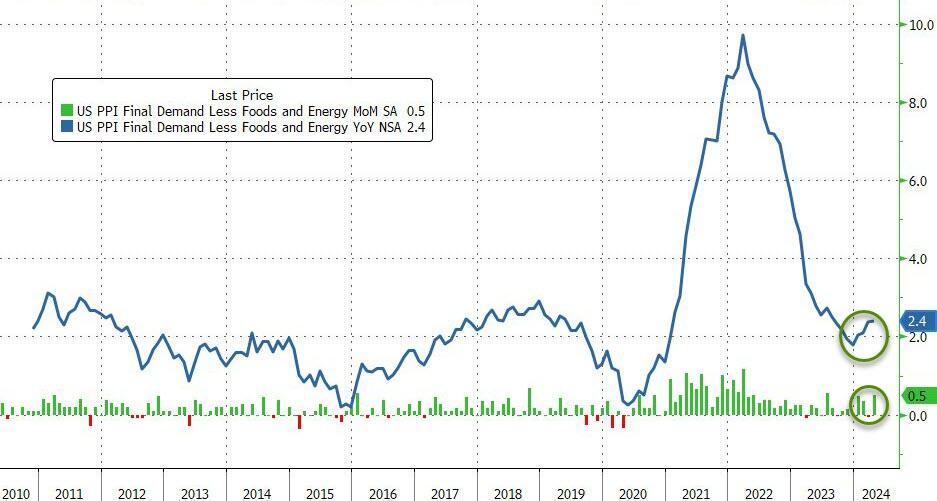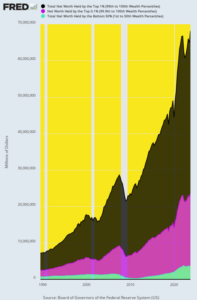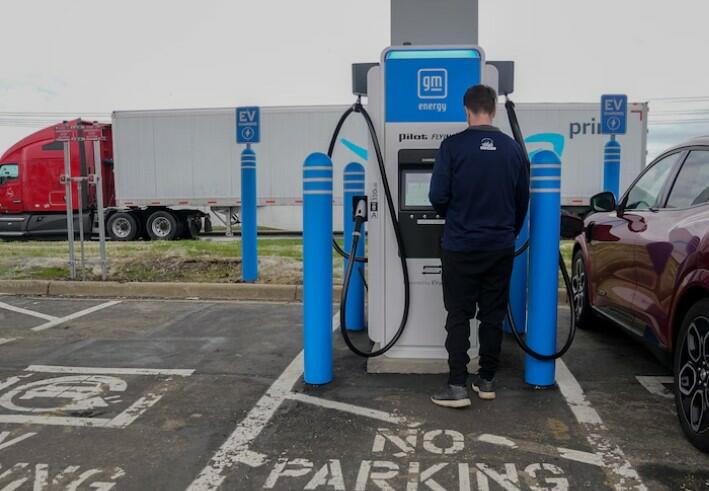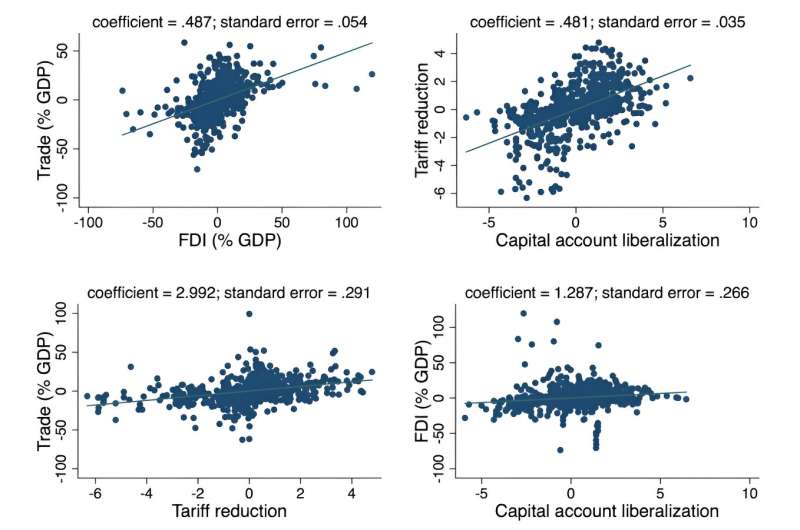The recent sequence of posts here on lenocracy (from Latin leno, a pimp)—that is, the form of political economy in which productive economic activity gets squeezed dry by various kinds of legally mandated pimping—has fielded a response I find interesting. Next to nobody has tried to argue that lenocracy is an unfair description of the current state of affairs in the United States and its close allies. Everyone seems quite aware of the fact that most of the people who make big money in our grand post-industrial kleptocracies are doing it by exploiting those who actually produce goods and services, in exactly the same way that a pimp exploits sex workers.
No, the question that’s come up over and over again is as simple as it is challenging: what can we do about it? I offered one answer a month ago, discussing the way that modern lenocracies work by dangling various baits in front of you. If you take the bait—and nearly everything that comes oozing out of the orifices of the consumer economy counts as bait—the hook sinks in. Walk on by without falling for the lures and you go free. That’s not a complete answer, though, and it’s worth discussing some of the other possibilities.
We can start by taking a hard look at the realities of modern life. Let’s grant that it’s increasingly hard to make honest work pay these days because a regiment of lenocrats backed by local, state, and federal laws and regulations all demand a cut of the profits. Let’s grant that lenocracy has metastasized so far that the United States can’t do simple tasks like repair a wrecked bridge or provide artillery shells for its proxy wars within a reasonable time or for a reasonable cost. Let’s grant, too, that all this is getting worse as the real economy of nonfinancial goods and services shrinks, leaving an ever-increasing horde of lenocrats frantically trying to extract their habitual take from a society in the early stages of rigor mortis. Given all this, is there anything we can do to protect ourselves from lenocracy run amok, or do we just have to hunker down and wait for the inevitable implosion of the system?
…click on the above link to read the rest of the article…








